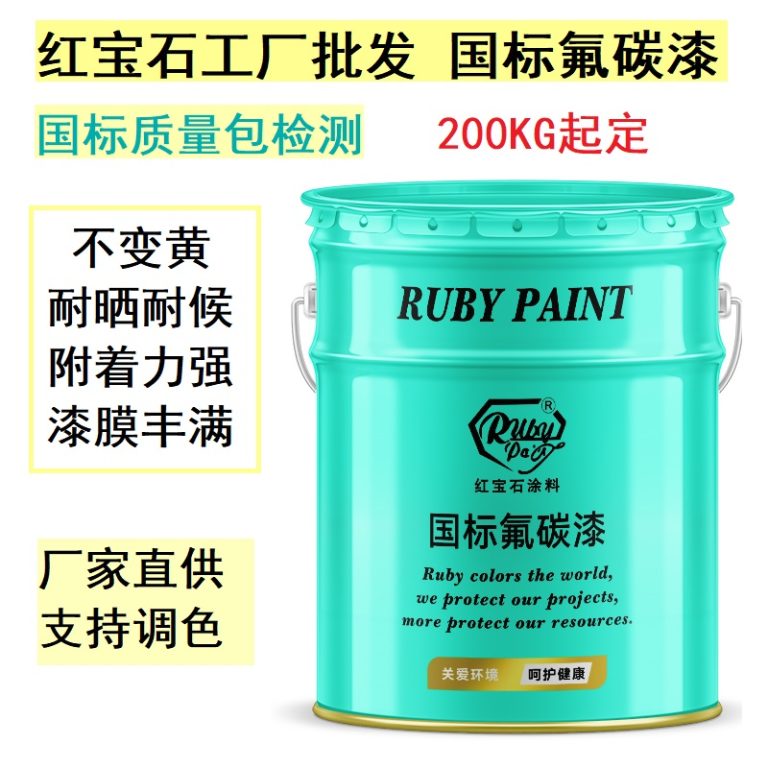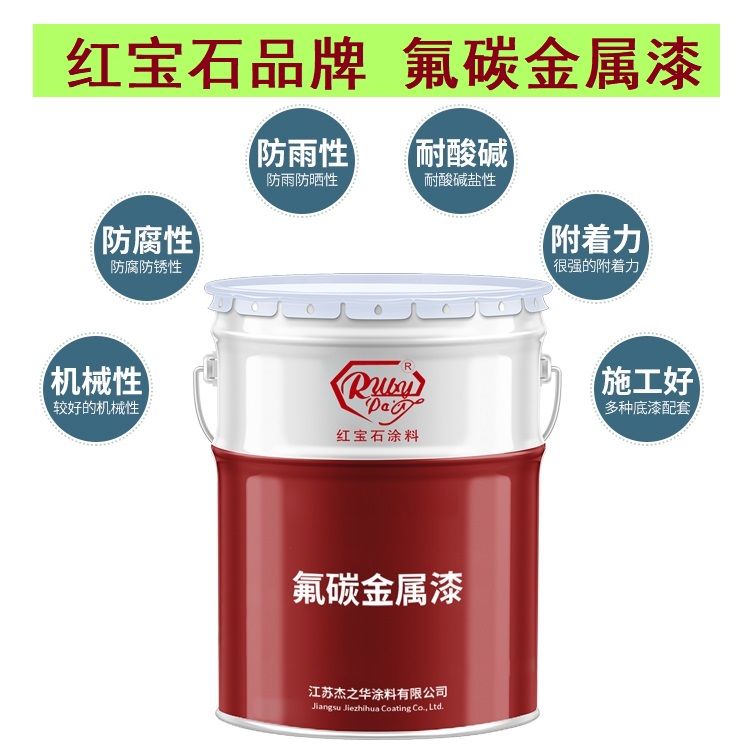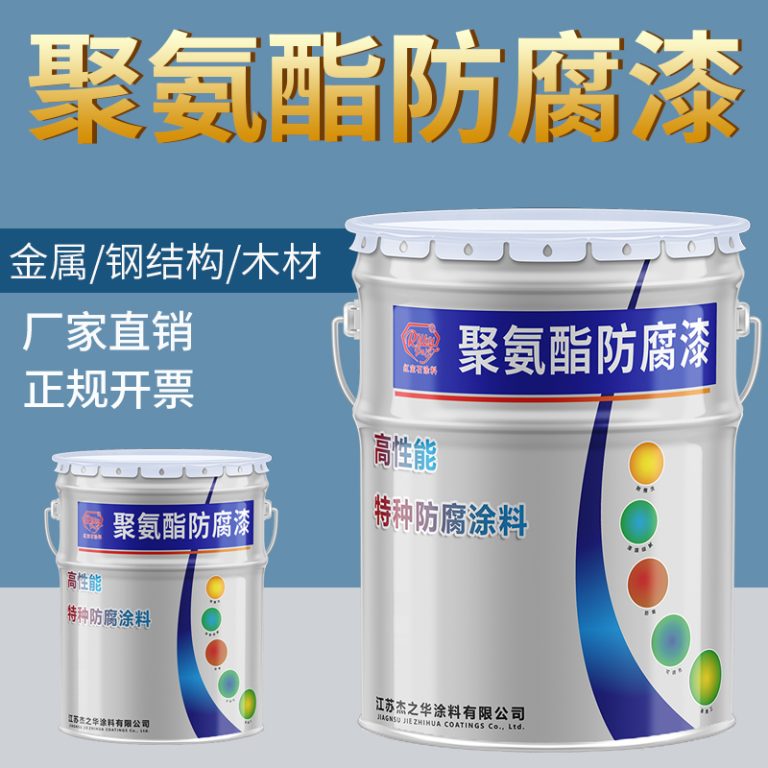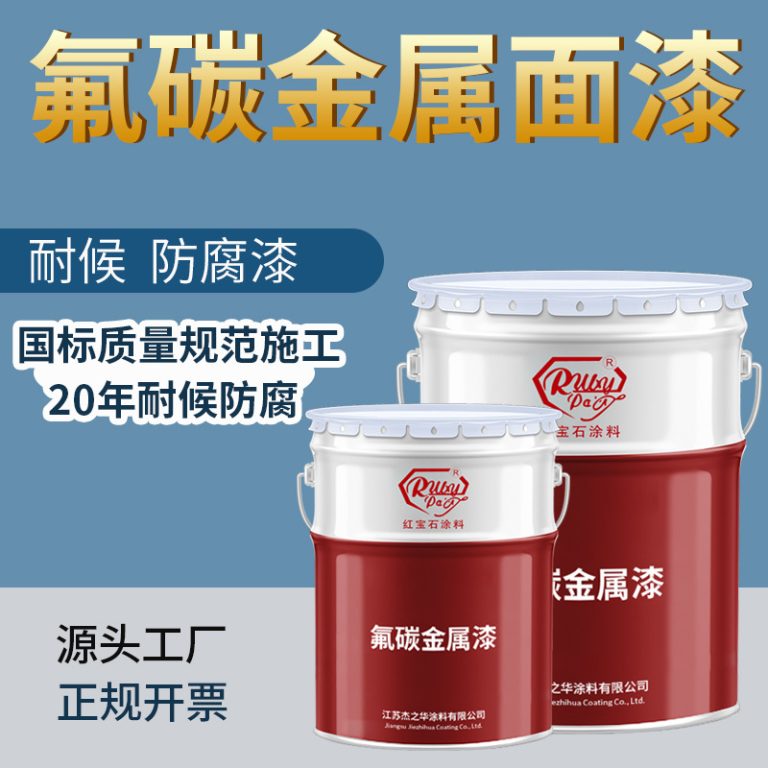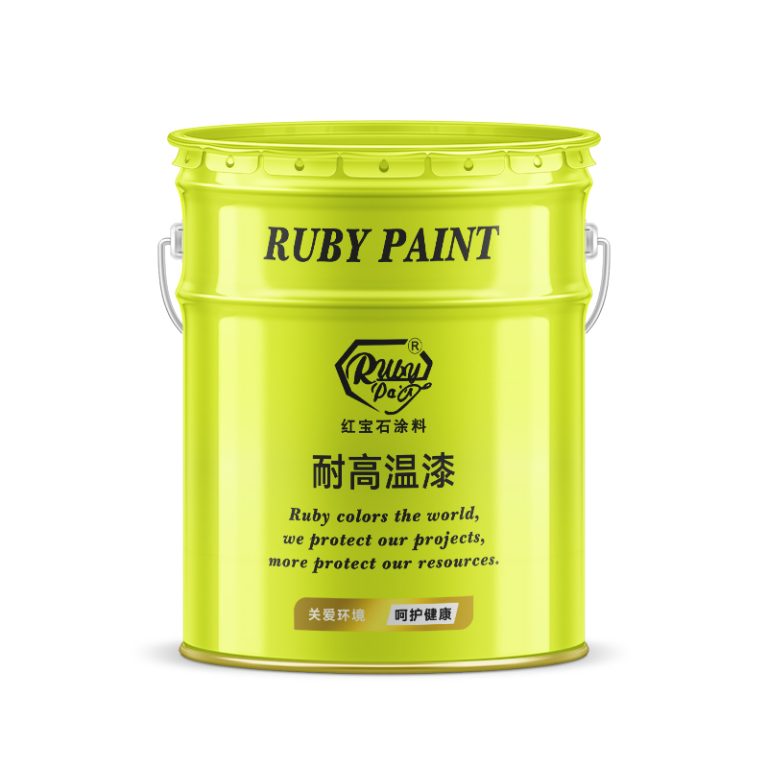Table of Contents
Benefits Of Using Fluorocarbon-Free Products For Environmental Health
Fluorocarbon-free products are gaining popularity as more people become aware of the environmental and health benefits associated with their use. Fluorocarbons, which include substances such as perfluorooctanoic acid (PFOA) and perfluorooctanesulfonic acid (PFOS), have been widely used in various industries for their water and stain-resistant properties. However, these chemicals have been found to persist in the environment and accumulate in the bodies of humans and wildlife, leading to a range of adverse effects.
One of the primary benefits of using fluorocarbon-free products is the reduction of environmental pollution. Fluorocarbons are highly resistant to degradation, meaning they can remain in the environment for extended periods. This persistence allows them to travel long distances and contaminate remote areas, including oceans and polar regions. By choosing products that do not contain these chemicals, consumers can help decrease the overall environmental burden and protect ecosystems from further harm.
Moreover, fluorocarbon-free products contribute to improved human health. Studies have linked exposure to fluorocarbons with various health issues, including developmental delays in children, immune system disruptions, and potential carcinogenic effects. These chemicals can enter the human body through ingestion of contaminated food and water, inhalation of dust, or direct contact with treated products. By opting for alternatives that do not contain fluorocarbons, individuals can reduce their risk of exposure and promote better health outcomes for themselves and their families.
In addition to the direct health benefits, using fluorocarbon-free products supports sustainable manufacturing practices. Many companies that produce these alternatives prioritize eco-friendly processes and materials, further reducing the environmental impact of their products. This shift towards sustainability is crucial for preserving natural resources and ensuring a healthier planet for future generations.
Furthermore, the demand for fluorocarbon-free products can drive innovation in the industry. As consumers become more conscious of the environmental and health impacts of fluorocarbons, manufacturers are encouraged to develop new technologies and materials that offer similar benefits without the associated risks. This push for innovation not only leads to safer products but also fosters economic growth by creating new market opportunities.
| Nr. | Product Name |
| 1 | Fluoracarbon primer paint |
Lastly, choosing fluorocarbon-free products aligns with global efforts to regulate and phase out harmful chemicals. Several international agreements, such as the Stockholm Convention on Persistent Organic Pollutants, aim to eliminate or restrict the use of substances that pose significant risks to the environment and human health. By supporting products that comply with these regulations, consumers can contribute to broader initiatives that promote a cleaner and safer world.
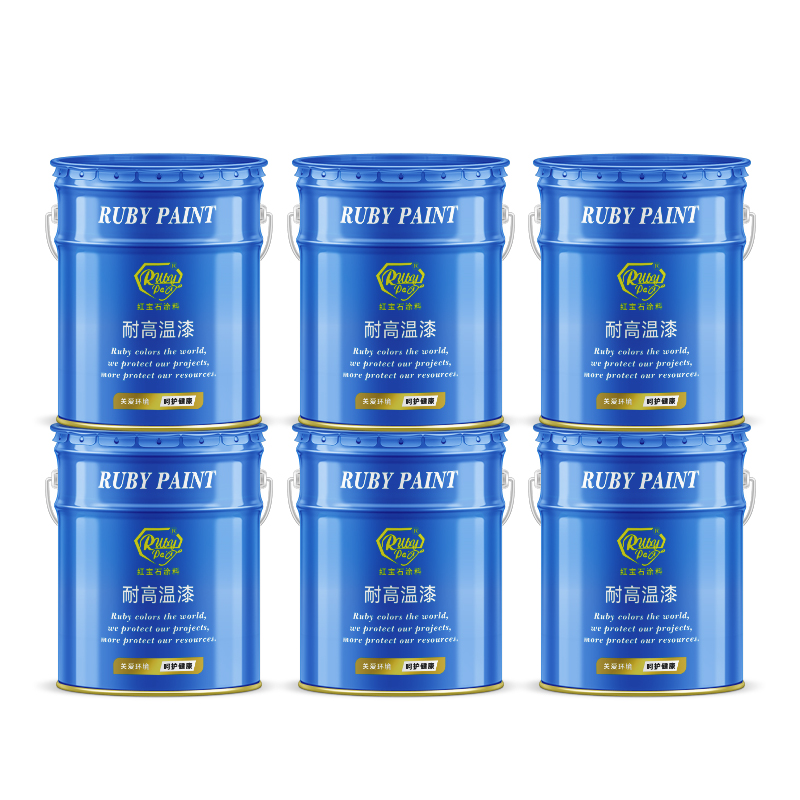
In conclusion, the benefits of using fluorocarbon-free products extend beyond individual health to encompass environmental protection, sustainable manufacturing, industry innovation, and compliance with international standards. As awareness of these advantages grows, it is likely that more people will make the switch to alternatives that are free from these harmful chemicals, fostering a healthier and more sustainable future for all.
Exploring Alternatives To Fluorocarbons In Manufacturing And Consumer Goods
Fluorocarbons, a class of chemicals that include substances such as chlorofluorocarbons (CFCs) and hydrofluorocarbons (HFCs), have been widely used in various industries for their properties as refrigerants, solvents, and in foam-blowing applications. However, due to their significant environmental impact, particularly their role in depleting the ozone layer and contributing to global warming, there has been a growing movement towards finding and adopting fluorocarbon-free alternatives in both manufacturing and consumer goods.
One of the most promising areas of innovation is in the refrigeration and air conditioning sector. Traditionally, fluorocarbons have been used as refrigerants because of their stability and efficiency. However, researchers and companies are now exploring the use of natural alternatives such as ammonia, carbon dioxide, and hydrocarbons like propane and isobutane. These substances not only have a lower global warming potential but are also more energy-efficient in certain applications, making them a sustainable choice for the future.
In addition to refrigerants, fluorocarbons have been commonly used in the production of foams, which are integral to insulation materials, seating, and packaging. To address the environmental concerns associated with these chemicals, manufacturers are turning to water-blown and CO2-blown foams. These technologies utilize water or carbon dioxide to expand the foam, thereby eliminating the need for fluorocarbons. The resulting products offer comparable performance in terms of durability and insulation properties, while significantly reducing the ecological footprint of the foam production process.
The electronics industry is another area where fluorocarbons have traditionally played a critical role, particularly as solvents used in cleaning and degreasing during manufacturing. However, the industry is gradually shifting towards water-based and bio-based solvents that are not only effective but also less volatile and hazardous. These new solvents provide an environmentally friendly alternative that meets the stringent cleaning requirements of electronic components without the adverse effects associated with fluorocarbons.
| Serial Number | Products |
| 1 | Fluoracarbon primer paint |
Moreover, the textile industry is also making strides in eliminating fluorocarbons, especially in the production of waterproof and water-resistant fabrics. Historically, fluorocarbon-based compounds have been used to achieve the desired water repellency. However, due to environmental and health concerns, there is a shift towards fluorocarbon-free treatments that rely on silicone or other hydrophobic polymers. These alternatives not only provide effective water resistance but also maintain the breathability and durability of the fabrics, making them suitable for outdoor and performance wear.
As industries continue to explore and adopt these alternatives, it is clear that the move away from fluorocarbons is gaining momentum. This shift is driven not only by regulatory pressures and environmental awareness but also by the advancements in technology that are making fluorocarbon-free alternatives more accessible and cost-effective. By embracing these sustainable options, manufacturers and consumers alike can contribute to a healthier planet while still enjoying high-quality products.
In conclusion, the exploration of alternatives to fluorocarbons in manufacturing and consumer goods is a critical step towards reducing the environmental impact of these industries. Through continued research and innovation, it is possible to find effective and sustainable solutions that can replace fluorocarbons without compromising on performance or quality. As awareness grows and technology advances, the transition to fluorocarbon-free alternatives will likely become more widespread, marking a significant advancement in our collective environmental stewardship.

